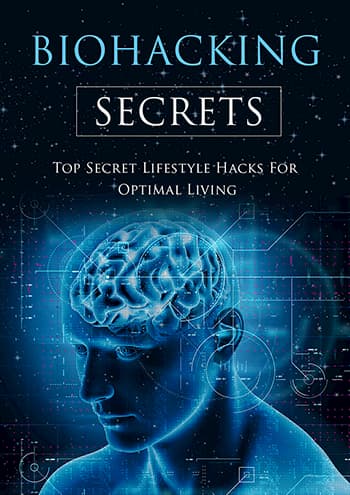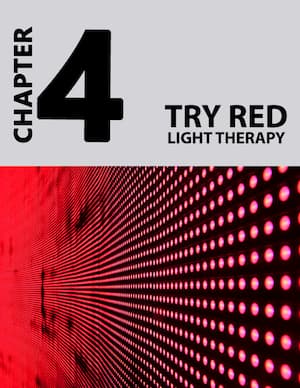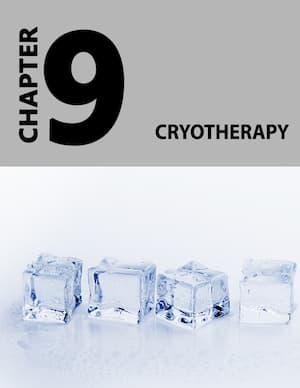Although we all know that we should eat more whole foods, it can be all too tempting to fall back on the junk food and processed food that we find in restaurants and stores everywhere. Junk food is an ever-present feature of daily life in the world today.
The presence of McDonald’s, Burger King and KFC in malls up and down the country is simply encouraging more of us to snack on junk from an early age. More people today are eating processed food than ever before, but the trade-off for convenience is a host of health and wellness issues for both the body and mind.
Why is junk food such a problem, and how can it have a negative impact on your well-being? Here, we take a closer look at why whole foods are a better choice in your daily diet and how you can introduce them more effectively into your lifestyle.
The Junk Food Problem
The definition of junk food is food which is poor in nutrients and dense in calories. Over the past few years, convenience and fast food consumption have dramatically increased, and today, around a quarter of the population predominantly consume a processed food diet. As a result, there has been a rising epidemic of chronic diseases.
The main problem associated with the consumption of junk food regularly is obesity. It is expected that the obesity rate in 2050 in the USA alone with reach 42 percent. Children consuming processed food regularly eat more carbohydrates, processed sugar and fats, and less fiber than they need. Consuming 187 additional calories every day than they require, it’s no wonder that 6 lbs of weight is gained each year, increasing their chance of developing diabetes and cardiovascular disease among other chronic health problems.
Another complication arising from junk food consumption is the risk of developing diabetes. Insulin levels rise whenever you consume processed sugars which are found in white flour, soft drinks and other food which lacks the essential nutrients and fiber to metabolize carbohydrates effectively. If you eat junk food during the day, your insulin levels can become chronically high resulting in insulin resistance over time. This causes type II diabetes to set in.
If you remove fiber, minerals and vitamins from your diet, you can become nutritionally deficient. This can result in low energy levels, sleep disturbances, low productivity, and mood swings. High levels of sodium found in junk food also result in the overconsumption of salt. This results in heart, kidney and liver diseases as well as hypertension.
Not all the complications resulting from the consumption of junk food are physical. Some are mental too. A 2015 study showed that people on high glycemic diets suffered more from depression than those who had a low GI diet.
Since junk food-heavy diets are so bad for us, it stands to reason that we should look for a better way of eating that promotes well-being and good health. This is where whole foods can come into play.
What Are Whole Foods?
The term “whole foods” is used to refer to food which is closest to its natural state. They are good for us because they bring more nutrients than processed and packaged foods.
Experts suggest that we should all be aiming for whole foods to make up around 75 percent of our daily diet. This will help us to stay healthy, free of disease, with slower aging.
What foods should we be eating? Whole foods include vegetables and fruits which haven’t been processed as well as whole grains such as oats, millet, quinoa, cornmeal, buckwheat, rye, and brown rice. We should also be eating more legumes and beans like chickpeas and lentils as well as more seeds and nuts. Wholefoods also include those derived from animal origins including fish, eggs, seafood, poultry and lean red meat such as veal, pork, lamb and beef.
If you eat unprocessed foods, you’ll be able to consume the optimal amount of daily nutrients you require for overall health and well-being, and in the best possible proportions.
Wholefoods contain many different nutrients all in a single food including minerals, vitamins, fiber, essential fatty acids, and phytonutrients. They are also very rich in substances which can’t be synthesized in the body and which therefore need to be obtained via your diet. For example, valine, an amino acid, cannot be made by the body itself and therefore must be supplied via what you eat. It is vital for tissue repair and muscle metabolism, so including plenty of whole foods in your daily regime is essential.
When you eat whole foods in their natural state, you can benefit from the synergy effect of the nutrients in the food working together to benefit your body’s healthy functioning. For example, tryptophan, an amino acid, requires B vitamins to be changed into serotonin. Also, whole foods are rich in the antioxidants which neutralize free radicals and combat problems like heart disease and cancer.
Why Eat More Whole Foods?
For many years, experts have been telling us that vegetables and fruits are essential for our well-being. However, many of us still find it difficult to include enough of them into our diets. Yet, whole foods can stop us from becoming ill and help to prevent the problem of obesity.
Many studies have revealed that eating more whole foods will supply your body with valuable nutrient sources including fiber, calcium, magnesium, B vitamins, vitamin D, protein, potassium and essential fatty acids which ensure your body’s cells function in the right way. Foods that are processed are difficult to digest properly and can make you feel sick and tired.
When you add more whole foods into your life, you’ll experience a host of benefits including:
Improved blood sugar levels. Processed foods contain insulin growth factor which makes your blood sugar levels higher. As a result, you experience blood sugar swings and cravings. Whole foods won’t cause these spikes and will help you to maintain balance throughout the day.
Improved digestion. Whole foods contain lots of fiber which is a vital nutrient for digestion. This fiber is natural and will help you to feel fuller for longer while also supporting your digestion and lowering your blood sugar levels as it breaks down slowly in the body.
Higher energy levels – the body is more capable of deriving energy from natural foods than processed ones, so you’ll start to feel more energized with a faster metabolism when you eat more whole foods.
Reduced pain – processed foods have high inflammatory properties. Since they are acidic in nature, they create pH level imbalances which can result in chronic pain condition symptoms becoming worse. Whole foods keep your body more alkaline and therefore free from inflammation and pain.
How to Eat More Whole Foods
Are you convinced of the benefits of eating more whole foods but don’t know how to add them to your diet? Here are a few quick tips to point you in the right direction:
Switch to traditional oats rather than instant oat cereals. Instant oats will usually have oat bran removed. This means that a lot of the fiber and vitamins have been removed, reducing its nutritional value.
Switch to whole vegetables and fruit rather than packaged juice. When fruit is juiced, it becomes a concentrated sugar source, and this elevates your blood sugar level much more rapidly when compared with whole fruits. Juicers also remove the skin and pulp of the fruit, so antioxidants and flavonoids are stripped away. Packaged juices also have extra sugar added together with preservatives and chemicals.
Switch to fresh fish rather than frozen or canned fish. Fish contain essential fatty acids that are often removed or reduced during the packaging process. You need omega 3 fatty acids to keep your nervous, immune, reproductive and cardiovascular systems functioning properly.
You can easily find whole foods for sale in grocery stores if you shop in the aisles dedicated to fresh food. As you move towards the center of the store, remember that you’ll find more processed foods, so try to shop on the outer edges of the store. You’ll also find whole foods in farmers’ markets and at health food stores.
You don’t need to completely banish all processed food from your life to stay healthy, but if you can increase your wholefood consumption to around 75 percent, you’ll enjoy much better health and 0verall well-being.












